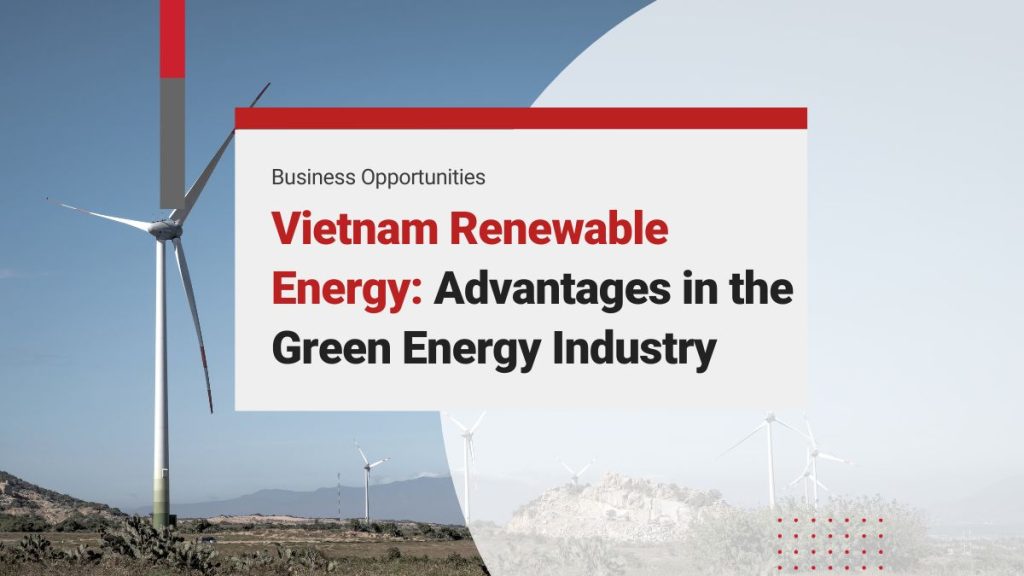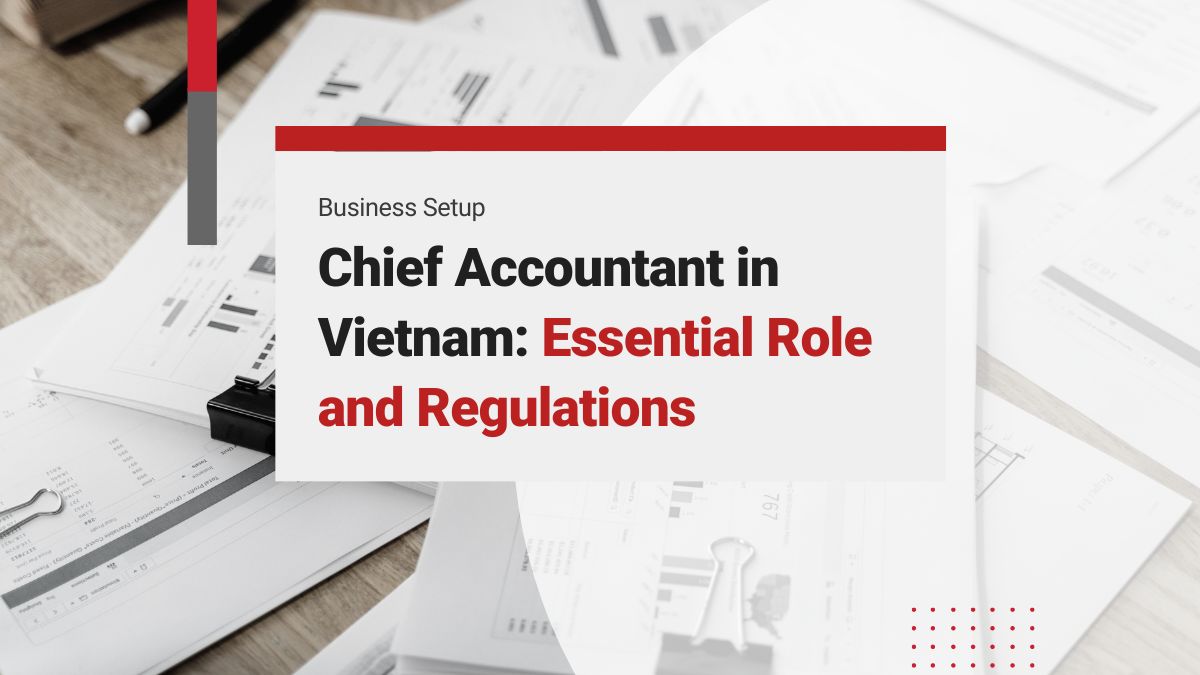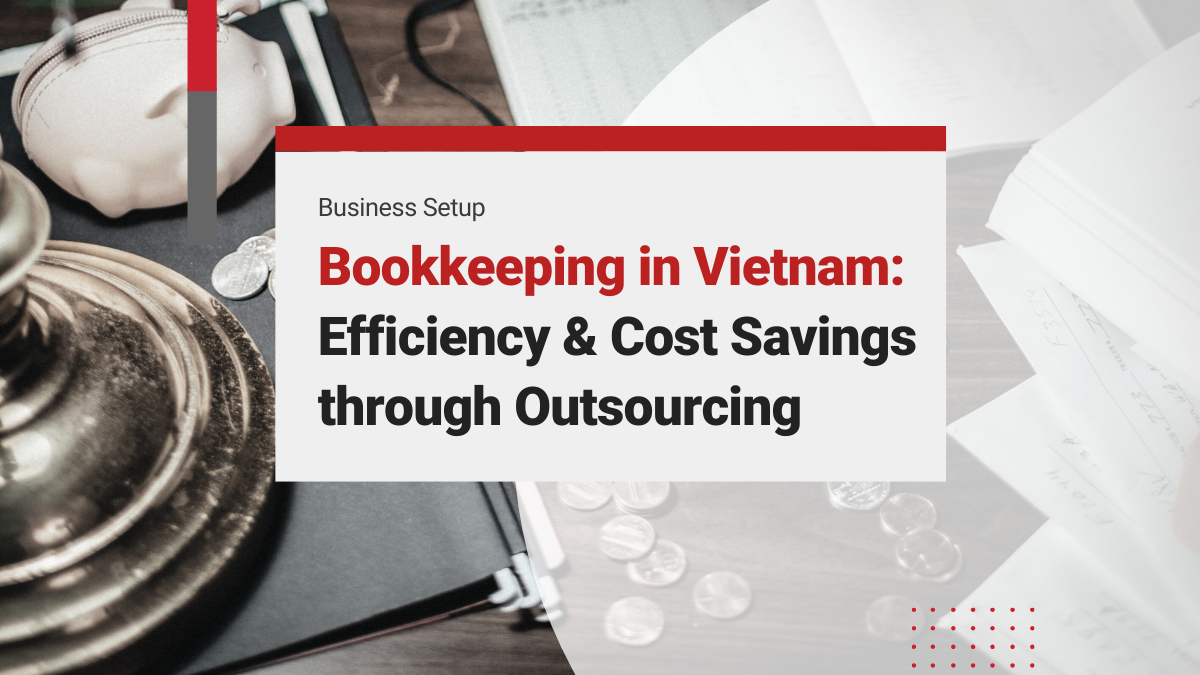Vietnam has emerged as a pivotal player in the renewable energy market, driven by ambitious goals for a vibrant economy and building a sustainable future. With burgeoning inhabitants approaching 100 million, the country seeks to diversify its energy mix, aiming for carbon neutrality by 2050. Foreign investment is playing a crucial role in accelerating the transition from coal and bolstering the deployment of Vietnam’s renewable energy projects.
The evolving energy sector demonstrates lucrative prospects for investors and innovators keen on sustainable solutions. This article delves into Vietnam’s energy market dynamics, policy frameworks fostering clean energy, and avenues for fruitful collaboration and investment. Amid escalating climate concerns, it stands poised as a beacon for renewable energy endeavors.
Investing in Vietnam Renewable Energy? Check out InCorp Vietnam’s Incorporation Services
Booming Vietnam Renewable Energy Industry
Overview of Renewable Energy in Vietnam
Vietnam’s energy market excelled in the global Smart Grid Index (SGI), with Ho Chi Minh City Power Corporation (EVNHCMC) scoring 71.4 in 2022. It ranked 47th among 94 power companies from 39 nations worldwide and stood as the second-highest scorer, following SP Group.
Vietnam’s energy consumption reaches 143.20 billion kWh annually, yet its production exceeds 110%. The country trades energy despite potential self-sufficiency due to factors like imports and exports. With 24.1% of ASEAN’s power capacity, second only to Indonesia, Vietnam aims to bolster its energy capacity to 97GW by 2025, requiring an estimated USD 150 billion investment by 2030.
By August 1, 2023, 74 of 85 transitional renewable energy projects, totaling 3,999.86 MW, were forwarded for temporary pricing to the EVN power electricity trading company. Negotiations and initial Power Purchase Agreements (PPA) were completed for 59 projects. MOIT approved 58 projects and generated 3,181.41 MW, with 17 plants starting commercial generation—transitional projects generated 211.7 million kWh in July 2023, contributing 0.4% to total electricity.
In 2021, renewable energy constituted 56% of Vietnam’s power grid, with a notable expansion of sustainable capacity to 39 GW in 2020. Hydro and marine energy comprised 51% of total capacity, followed by solar at 39%. Wind energy grew 6.5 times from 2020 to 2021, indicating significant potential for investors.
Vietnam’s rapid economic growth, averaging 6.3% annually in the 2010s despite COVID-19 challenges, fuels a surge in energy consumption. Vietnam Electricity (EVN) witnessed a substantial rise from 128.6 TWh in 2014 to 209.4 TWh in 2019. Energy demand, expanding at over 11% yearly, outpaces GDP growth, demanding substantial investments.
As of 2020, Vietnam’s solar and wind energy capacities stand at 16.6 GW and 0.6 GW, respectively. By 2030, projections suggest capacities will rise to 18.6 GW and 18.0 GW, per the draft Power Development Planning (PDP) 8.
2030 & Beyond – Government Plans for Vietnam Renewable Energy
Vietnam’s ambitious energy goals include reducing greenhouse gas emissions by 25% in 2030 and 45% by 2050. The plan aims to increase wind energy production to 6,000 MW by 2030, with wind power accounting for 1% of total electricity generation. Biomass energy’s share is set to rise steadily, reaching 2.1% by 2030. Solar energy targets are equally impressive, with capacity expected to hit 12,000 MW by 2030, contributing 3.3% to total electricity.
Renewables are projected to dominate the energy mix and will rise from 26% to 62% by 2050. Gas-derived power will peak at 25% by 2030 before declining. Coal power is to be phased out entirely by 2050, with hydrogen taking over. The plan envisions wind energy output doubling by 2030 and tripling renewable energy production by 2045. Offshore wind projects and solar expansions are key strategies in this comprehensive renewable energy agenda.
Investment Prospects in Vietnam’s Renewable Energy Industry
Vietnam’s power demand has surged at a compound annual growth rate of 13% since 2000. It is projected to continue at 8% annually until 2030, driven by economic expansion. To meet this rising demand and prevent potential energy shortages, the nation necessitates US$8-10 billion in energy sector investments over the next ten years.
Concerns over high prices, energy security, and environmental impacts prompt Vietnam to diversify its energy mix. Resolution 55, endorsed by Vietnam’s Politburo, advocates amending the Electricity Law to allow private sector involvement in power infrastructure. It will attract substantial investments like Mainstream Renewable Power Ltd’s acquisition of a solar project portfolio.
The World Bank and the Green Climate Fund granted US$11.3 million to Vietnam’s State Bank to develop a market for energy-efficient industrial ventures. The grant will help in the following activities:
- Private enterprises identify
- Evaluate and implement energy-efficient projects
- Strengthening Vietnam’s policy framework
- Fostering energy-efficient market growth.
A risk-sharing facility will be set up to help local banks by providing loans for energy-efficient projects, potentially unlocking up to US$250 million for commercial financing. The World Bank predicts that significant demand-side energy-efficient investments could save up to 11 gigawatts of energy, with primary sectors needing about US$3.6 billion in energy-efficiency investments.
Opportunities in Vietnam’s Renewable Energy Industry
Committing to carbon neutrality by 2050 at the UNFCCC, Vietnam aims for 70% of electricity consumption from sustainable sources. The government incentivizes the transition with tax breaks, reduced corporate tax, import exemptions, lower land rent, and financial support for renewable energy investments.
- Vietnam’s new foreign investment list permits 59 industries for foreign investment. Solar and wind power projects are encouraged for foreign investment, while hydro, nuclear, and offshore wind power are conditionally accessible.
- Corporations investing in renewable energy projects can enjoy a preferential CIT rate of 10%, compared to the standard 20%. This rate applies for 15 years from the first year of income, extendable up to 30 years in exceptional cases with the prime minister’s approval.
- Project companies can access loans up to 70% of the total investment from the Vietnam Development Bank (VDB), but limited funds pose challenges to this incentive.
- No import tariffs apply to materials for renewable energy infrastructure.
- The duration of land rent exemption varies based on project location, ranging from 3 to 15 years or the entire investment period (not applicable if the project site is rent-free).
Solar Energy Doesn’t Cause Pollution
The rise of renewable energy in Vietnam, especially solar power, thrives on ample solar radiation, particularly in the southern areas. Innovative models like rooftop installations and solar clusters enhance the sector’s appeal. The extension of government support until 2023 through feed-in tariffs, tax incentives, and low-interest loans bolstered investor confidence.
Vietnam’s remarkable solar photovoltaic (PV) expansion marks the initial phase of its rapid shift away from coal. Solar capacity skyrocketed from 86 MW in 2018 to 4,750 MW in 2019, surpassing Thailand in ASEAN solar production. Solar PV generated 10.6 TWh in 2020, nearly 4% of total output, with rooftop solar comprising half of Vietnam’s capacity.
This landscape offers compelling investment prospects for foreign investors eyeing Vietnam’s renewable energy potential. It aims to enhance energy independence through bioenergy, small hydropower, and solar projects.
Wind is a Clean Source of Vietnam’s Renewable Energy
Enriched by its expansive coastline, Vietnam’s wind energy sector is poised for significant growth, targeting 6,000 MW by 2030. Mirroring solar initiatives, the government employs feed-in tariffs (FITs) to spur investments—investors eye onshore projects in high-wind areas and offshore ventures along the vast coastline.
Despite lagging behind solar, wind power surged in 2019, with 7 operational facilities producing 331 MW. Projects like Trung Nam and Thang Long aim to capitalize on government incentives, while Vietnam’s wind potential, accounting for 8.6% of land area, promises substantial capacity.
Wind power, pivotal in Vietnam’s decarbonization efforts, aims to boost renewable energy capacity from 19 GW to over 36 GW by 2030. It will require a hefty US$20 billion investment and provide an opportunity for private sector engagement amid governmental constraints and pandemic-induced economic challenges. For investors, Vietnam’s wind energy landscape offers unexplored potential and a chance to contribute to the country’s renewable energy ambitions.
Biomass and Waste-to-Energy
Vietnam’s biomass and waste-to-energy sectors emerge as lucrative investment options. The nation’s thriving agricultural industry yields ample agricultural waste, fostering biomass energy prospects. Simultaneously, waste-to-energy projects gain traction for efficient waste management and power generation. To catalyze investment, the government introduces supportive measures like feed-in tariffs and tax benefits, underscoring its commitment to harnessing the potential of biomass and waste-to-energy initiatives.
Energy Storage and Grid Infrastructure
Vietnam’s renewable energy expansion underscores the critical role of energy storage and grid infrastructure. Modernizing these systems is crucial to efficiently manage the country’s renewable resources and attract further investment.
Opportunities abound in energy storage ventures, facilitating excess renewable energy storage for peak demand periods. Smart grid development and transmission line construction also offer promising avenues for investors keen on Vietnam’s evolving energy landscape.
Government Commitment to Vietnam Renewable Energy Industry and Tax Incentives
The Vietnamese government has introduced regulations and incentives to facilitate the transition to green energy. The country’s dedication to advancing renewable energy has fostered a flourishing sector driven by the enactment of beneficial policies. These policies include the following:
- A Feed-in-Tariff (FiT): Decision No. 21/QD-BCT establishes a Feed-in Tariff (FiT). It offers a fixed price per kilowatt-hour (kWh) of electricity generated from renewable sources such as solar and wind.
- Corporate Income Tax (CIT): These incentives comprise reductions in tax rates, exemptions, and accelerated depreciation, alluring businesses to engage in sustainable energy initiatives.
- Article -19 of Circular No. 78/2014/TT-BTC and Article -11 of Circular No. 96/2015/TT-BTC set a 10% corporate income tax rate for renewable energy sectors for 15 years.
- As per Clause 1 of Article 19 in Circular No. 78/2014/TT-BTC, Enterprises with specified new investment projects enjoy a 4-year tax exemption and a subsequent 50% tax reduction for 9 years.
- Article -19 of Circular No. 78/2014/TT-BTC and Article -11 of Circular No. 96/2015/TT-BTC set a 10% corporate income tax rate for renewable energy sectors for 15 years.
- Import Tax: Renewable energy projects on the approved list qualify for import tax exemption on fixed assets, materials, and components for five years. Project investors must provide customs declaration forms and VAT payment vouchers during import.
- Land-Related Incentives: Renewable energy projects in challenging zones receive land lease and tax exemptions for up to 3 years after lease contracts take effect. Post-construction exemptions last 11 to 15 years, contingent on specific conditions and authorized approval.
- VAT Refund: Pre-operational project development expenses qualify for an input VAT refund under specific conditions, including proper documentation and adherence to the prescribed declaration method.
Read More: Maximize Benefits: A Complete Guide to Tax Incentives in Vietnam for Foreign Companies
Green and Renewable Projects Make up the Majority of the FDI Inflows
Vietnam’s forward-looking commitment to carbon neutrality and business-friendly policies have garnered significant foreign investment. The LEGO Group and Vietnam-Singapore Industrial Park Joint Venture signed an MoU to establish the country’s inaugural carbon-neutral factory—A US$1 billion project expected to create 4,000 jobs over 15 years.
Additionally, HDBank secured a US$50 million loan from Proparco to fund green initiatives. The IFC extended a US$100 million loan to OCB, targeting climate-friendly projects for SMEs. The solar PV sector, boosted by solar feed-in tariffs, experienced substantial growth.
Developers enjoy income tax exemptions for the initial four years and subsequent reductions, while imported equipment is duty-free. Solar PV projects benefit from land-lease payment exemptions ranging from 14 years to the project’s lifespan, depending on the region. These policies foster an environment conducive to sustainable development and renewable energy investment in Vietnam.
Legal Requirements for Energy Companies
The license types required will depend on the nature of the business activities and include
- License for Electricity consultancy (validity of 5 years)
- License for Electricity distribution (validity of 10 years)
- License for Electricity wholesale (validity of 10 years)
- License for Electricity generation (validity of 10-20 years)
- License for Electricity transmission (validity of 20 years)
To secure the necessary licenses for establishing an energy company in Vietnam, certain conditions must be satisfied:
- Construction of the power station should adhere to approved power development planning, including installation, commissioning construction, and testing activities.
- Personnel involved in technical activities must have a university degree in electricity, at least 5 years of experience in electricity generation in relevant specialized sector training, safety training, and a certificate for operating a power plant.
- The company should possess a comprehensive IT infrastructure system and a data collection, management, and supervision system.
- Equipment must comply with strict labor safety requirements and meet technical specifications.
- Environmental impact assessment and environmental protection commitment reports must be available for approved projects.
- Power plants must have tested and approved fire prevention and fighting systems.
- The business must have the authorized operational procedure of the hydropower plant’s reservoir.
- Legal paperwork concerning hydroelectric power stations and reservoirs is necessary.
Challenges and Risks in the Vietnam Renewable Energy Industry
Vietnam acknowledges the need to depart from traditional growth models to sustain its development gains, as evidenced by the National Green Growth Strategy (VGGS) and Green Growth Action Plan. However, implementing the VGGS requires at least US$30 billion, necessitating increased funding levels.
Achieving a low-carbon economy by 2030 and complete carbon neutrality by 2050 demands an incremental cost of 1% of GDP, yet current expenditure is only 0.1%.
Although Vietnam’s renewable energy sector shows promise, investors must exercise vigilance in light of the inherent market challenges and risks.
- Instead of favorable policies, changes in government regulations and erratic implementation can generate instability and uncertainty for investors.
- Medium and small-scale projects can face potential hurdles due to financial and credit risks. Investors must be cautious in evaluating the credit risks associated with local partners to guarantee the financial feasibility of their ventures.
- Vietnam’s renewable energy sector is entirely new, so integrating it into the power system could bring technical and operational hurdles. Grid stability and maintenance concerns might necessitate careful deliberation and expertise.
- The complexity of land acquisition in Vietnam stems from state ownership, necessitating renewable energy projects to undergo various permits and legal procedures.
Read More: Top 10 Challenges of Doing Business in Vietnam: Notes and Advice for Foreign Investors
Chinese Enterprises’ Investment in Vietnam’s Renewable Energy
Due to the US-China trade war and tariffs on Chinese imports, many companies have relocated their production centers from China, including infrastructure, human resources, and technology. Vietnam has become a favored destination for investors seeking to shift their products away from China. This relocation is spurred by both the tariff threats from China and rising labor costs in the country. Consequently, these companies are actively exploring alternatives for their manufacturing bases.
Chinese firms possess expertise in Vietnam’s renewable energy sector, leveraging their power construction and investment proficiency. Global sustainability shifts drive them to participate actively in this sector.
Vietnam’s favorable policies and incentives in renewable energy further enhance its attractiveness to these enterprises, presenting lucrative opportunities. By strategically capitalizing on these preferential policies, Chinese investors can position themselves advantageously in the Vietnamese market.
Read Related: Moving to Vietnam for Chinese Businesses: What are the Benefits?
Conclusion
Vietnam’s renewable energy sector holds substantial promise for investors. This is due to the country’s abundant resources and supportive government policies. Additionally, there is intense market expansion in wind, solar, waste-to-energy, biomass, and energy storage sectors.
However, investors must tread cautiously and be aware of the challenges and risks inherent in this growing sector. By strategically navigating these opportunities and risks, investors can actively contribute to Vietnam’s shift towards a cleaner and more sustainable energy landscape.

clients worldwide

professional staff

incorporated entities in 10 years

compliance transactions yearly







